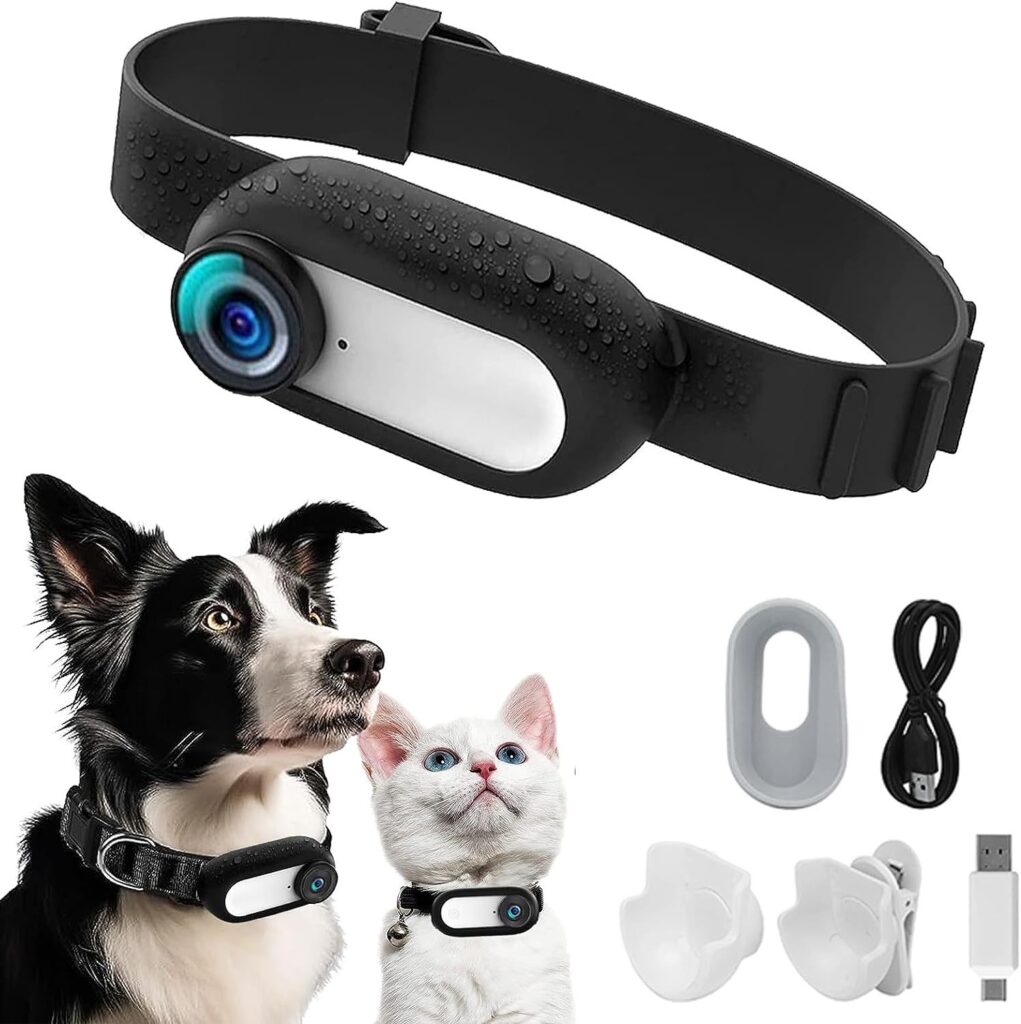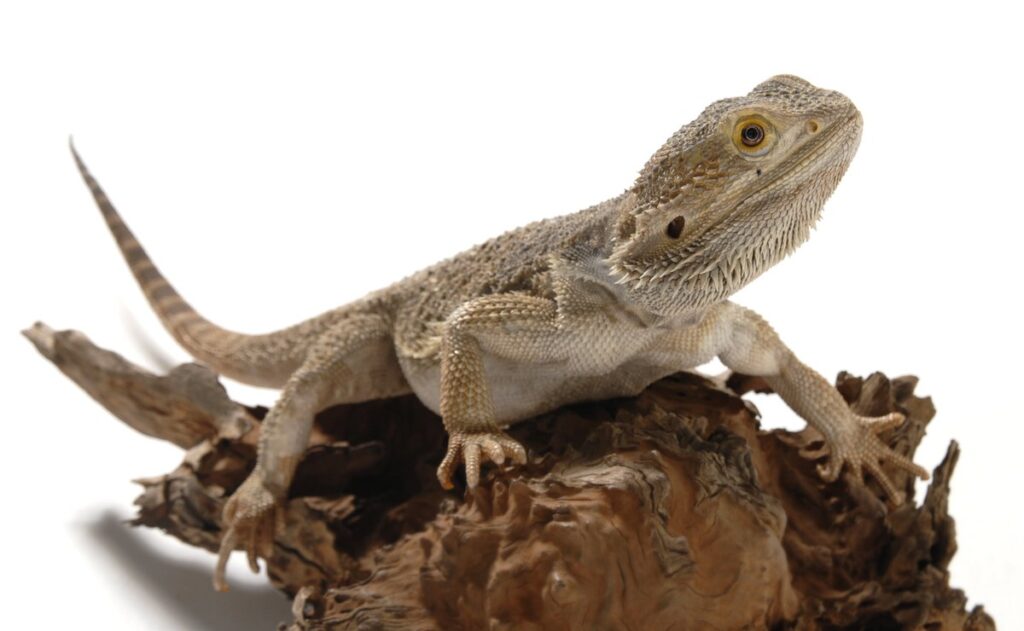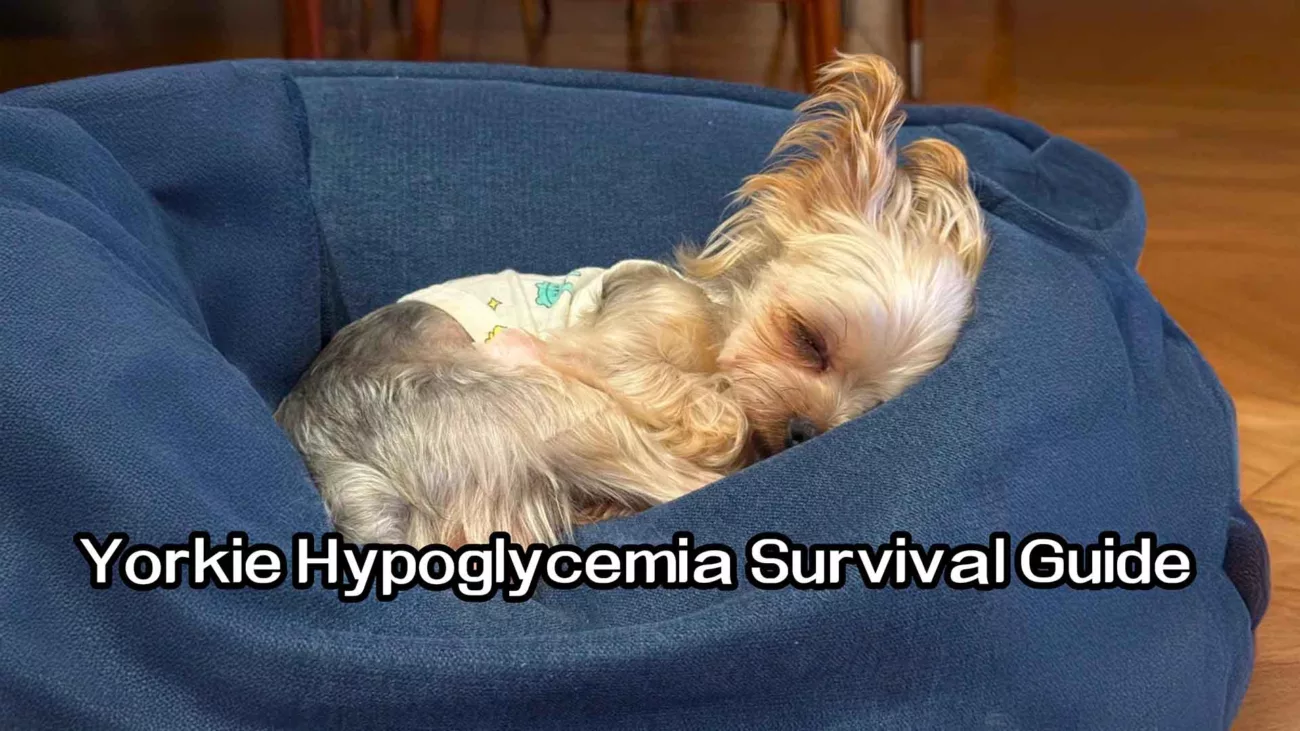
Posts page
Yorkshire Terriers’ Fatal Weakness! A Mistake 99% of New Owners Make

As one of the most delicate and adorable dog breeds in the world, the Yorkshire Terrier’s fragile bones are like hidden time bombs waiting to go off. Many first-time owners are enchanted by their tiny, cute appearance—until their pup suddenly starts limping or crying out in pain.
Backed by scientific research and clinical case studies, here’s the truth about Yorkies’ most dangerous skeletal risks—and how to prevent them👇
1. Inborn Weakness: The Genetic Dilemma of a Tiny Frame
Yorkies typically weigh under 3 kg, and their bone density is only about one-third that of medium-sized dogs.
During the Victorian era in England, selective breeding favored smaller and smaller Yorkies, unintentionally passing on underdeveloped bones to future generations.
One critical flaw: Their patellar (knee cap) grooves are naturally shallow, making it easy for the patella to slip out during jumps.
This condition—patellar luxation—affects up to 68% of Yorkies.
Clinical studies show surgery for patellar luxation is costly and has a relapse rate of over 40%.
2. High-Risk Daily Habits
What you think is “playful and cute” might actually be a bone breaker:
Top 3 Deadly Movements:
- Jumping off sofas or beds: A 50 cm leap for a Yorkie is like a human jumping from the 4th floor. The impact force can reach 6 times their body weight.
- Standing on hind legs (begging posture): Puts excessive pressure on the hip joints, speeding up wear and tear.
- Incorrect lifting technique: Holding only by the front legs can place up to 10 kg of pressure on their spine.
Proper way: One hand under the chest/abdomen, the other supporting the hips.
3. Warning Signs of Skeletal Crisis
If your Yorkie shows any of these signs, seek vet care immediately:
Stages of Patellar Luxation:
- Grade I: Occasional leg lifting – Reversible within 3 days if supplemented with chondroitin (Golden intervention window)
- Grade II: Frequent skipping or 3-leg hopping – Custom brace needed within 1 week
- Grade III: Constant limping – Surgery required within 2 weeks
- Grade IV: Unable to walk – Poor prognosis, possible paralysis
4. Golden Rules for Bone Protection
Follow these tips to keep your dog out of the orthopedic emergency room:
1. Environment Setup
- Use non-slip mats (friction coefficient > 0.5)
- Install pet stairs (step height ≤ 15 cm, slope < 30°)
- Restrict play area with fences (recommended < 5 m² to avoid zoomies)
2. Nutrition Support
- Puppy stage: Daily calcium and phosphorus supplements
- Adult stage: Feed food rich in chondroitin and glucosamine
- Avoid chicken/duck bones and fish with sharp bones—they can cause internal injuries
3. Rehab & Conditioning
- Underwater treadmill: 2 sessions/week, 10 minutes each
- Passive joint motion: 3 rounds/day, 5-minute circular massages
- Laser therapy: 635nm red light to stimulate cartilage healing
5. Emergency Response Plan
4-Step First Aid for Fractures:
- Immobilize the injured limb: Use a rolled-up magazine or cardboard as a temporary splint
- Ice pack: Wrap in a towel and apply for 15 minutes to reduce swelling
- Limit movement: Place the dog in a crate or carrier to prevent further injury
- No food or water before the vet: General anesthesia requires an empty stomach
Final Advice: Yorkie bone health depends on your proactive care. Consider pet insurance that covers orthopedic conditions.
Remember: Prevention is always better than treatment!



















